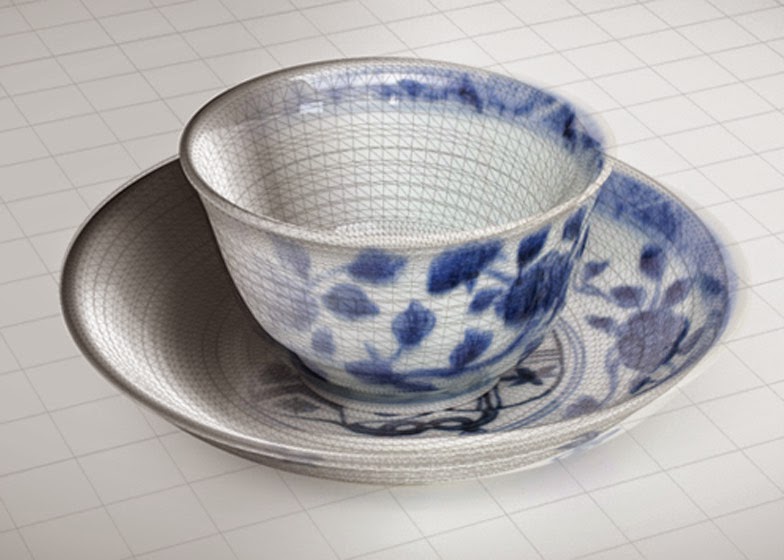Spread throughout multiple galleries of the Georgia Museum of Art are a variety of hand-crafted and beautifully decorated objects that range from pottery and metalwork to bookbinding and textiles. These objects all have one special thing in common.
They all originate from the Newcomb Pottery, where women were not only able to create these objects to sell and to support themselves financially, but also to make great contributions to American art.
 The Newcomb Pottery was a social and artistic experiment from 1895 until 1940 at the H. Sophie Newcomb Memorial College (now part of Tulane University) in New Orleans. The program allowed women to support themselves financially while they trained to become artists.
The Newcomb Pottery was a social and artistic experiment from 1895 until 1940 at the H. Sophie Newcomb Memorial College (now part of Tulane University) in New Orleans. The program allowed women to support themselves financially while they trained to become artists.
In addition to producing highly coveted, iconic art, the program helped facilitate the betterment of women as well as the New Orleans community through art education.
The current exhibition, "Women, Art and Social Change: The Newcomb Pottery Enterprise," is part of a national tour organized by Tulane and the Smithsonian Institution Traveling Exhibition Service. The exhibition, which is the largest comprehensive showing of the pottery in 25 years, will travel to nine different cities through 2016.
And although the exhibition will close at the Georgia Museum of Art after Sunday (Aug. 31), there is still opportunity to see it and learn about it. The museum will host the lecture “Newcomb’s Designers: A Conscious Revolution” by Sally Main, senior curator at the Newcomb Art Gallery at Tulane University, this Thursday at 5:30 p.m., followed by a reception.
Main will speak about the societal and artistic impact of this revolutionary social experiment. The event is the perfect opportunity to experience this unique exhibition before it continues on its tour.








